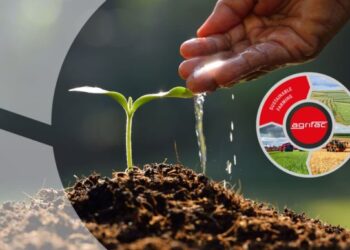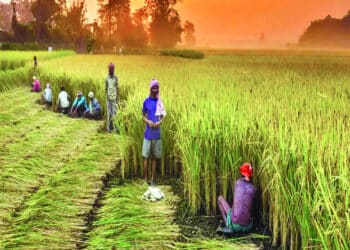Other than cooking with it, people consumed it in the form of kadhaa. From vegan turmeric lattes to chia turmeric cookies and detox teas, the variety of products in the market has increased during the lockdowns.
However, before the turmeric powder reaches consumers, the underground stems or rhizomes of the Curcuma longa plant goes through a long and cumbersome method of processing. The rhizome is cleaned, boiled for 45 minutes to one hour, dried for 15-20 days in the open and then polished.
During this, the rhizomes lose as much as 30 per cent of the volatile products and get dirty from being in the open for so long.
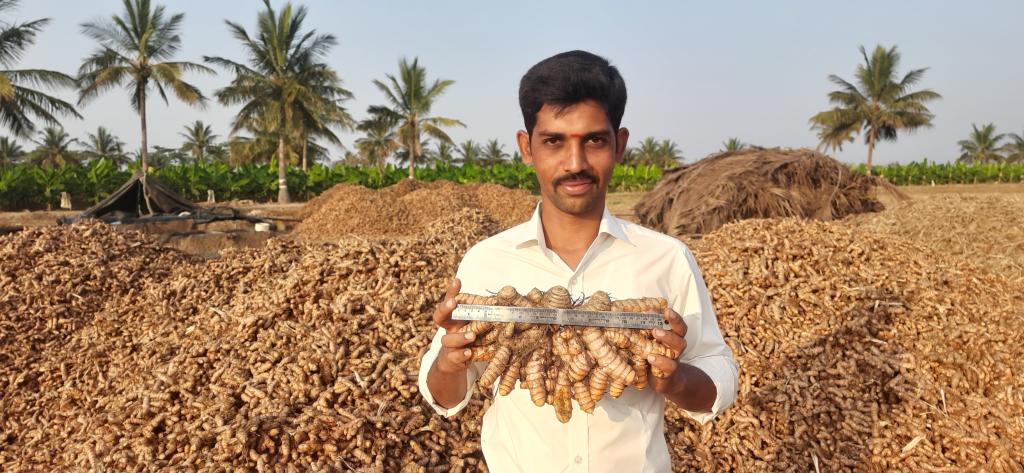
Harish BS, an assistant professor (spices and plantation crops) at the University of Horticultural Sciences, Bagalkot as well as its college in Bengaluru, has a simple alternative to this process. “The rhizome can be cleaned, sliced with a potato chip maker and then dried in the sun. It takes just eight hours for the chips to dry,” explained Harish.
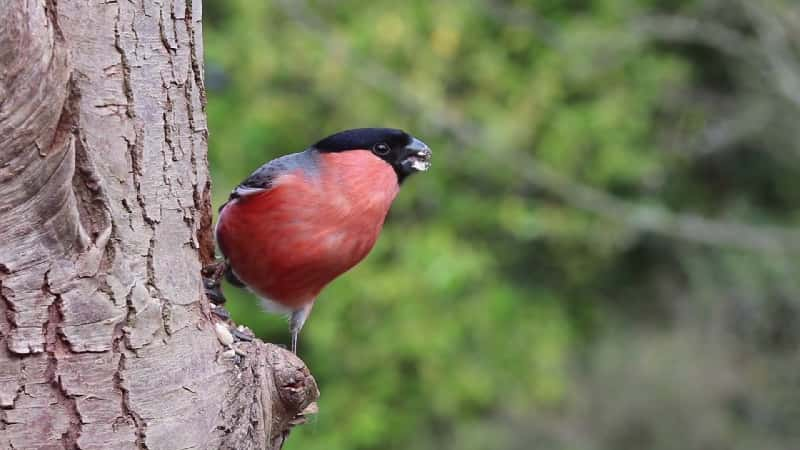
Rhizomes processed using this method have more curcumin than the ones processed by the traditional method, found scientists at the Central Food Technological Research Institute (CFTRI), Mysore. The raw rhizomes had 6.36 per cent curcumin and the boiled stems had only 4.64 per cent.
CFTRI has a similar technology for processing turmeric but this involves equipment which is expensive and out of reach of the common farmers.
Shree Padre, a Kerala-based journalist who has worked extensively in promoting jackfruit and banana, said:
The slices would have a reasonable shelf life as turmeric is a traditional preservative. It would be difficult to adulterate these chips.
The conventional process of turmeric processing is polluting too.
The family of Nagarjun Kumar SM, a PhD scholar who works on climate change mitigation at University of Mysore, owns a 30-acre turmeric farm in Shivpura village in Gundulpet taluk of Chamarajanagar district, Karnataka. He wanted to do something to reduce the carbon load in the environment.
Around 20 tonnes of turmeric is produced per acre of land under good cultivation practices. “To boil this much turmeric under conventional processing, you need to burn around three-five tonnes of dried turmeric leaves along with twigs and wood that need to be purchased,” he calculated.

Some 40,000 acres of land is under cultivation in the district and would require some 100,000-200,000 tonnes of dry leaves as kindle, he adds. This can cause significant pollution.
Moreover, turmeric leaves can be used to extract commercially viable compounds. They are traditionally used as food — in curries, pickles — in Kerala and Goa and to wrap fish and sweets during the cooking process. This gives a mild fragrance to the cooked food.
He decided to experiment with Harish’s method and processed around 250 kilograms of turmeric. While the rhizomes sell for just around Rs 100 per kg, Nagarjun could sell the powder prepared in this way for Rs 300-350. “This was an easy doubling of income,” he said.
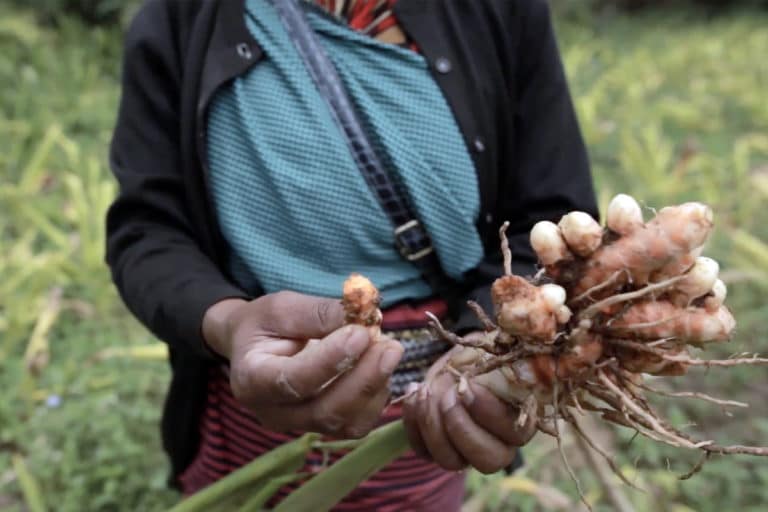
The next crop would be ready for harvest in December. He plans to produce 1,000 kg of turmeric powder and slowly scale up.
Nagarjun has registered a company called Bandipur Naturals Agrifarms Pvt Ltd and markets the product through social media and word of mouth. “Production is not a problem, marketing is. And marketing at a good price is very much a problem,” he said.
As the demand for this “elixir” increases globally, this problem is likely to be resolved easily.
Also Read: Ever Imagined A Day Without Water?
Source: TheAgrotechdaily










